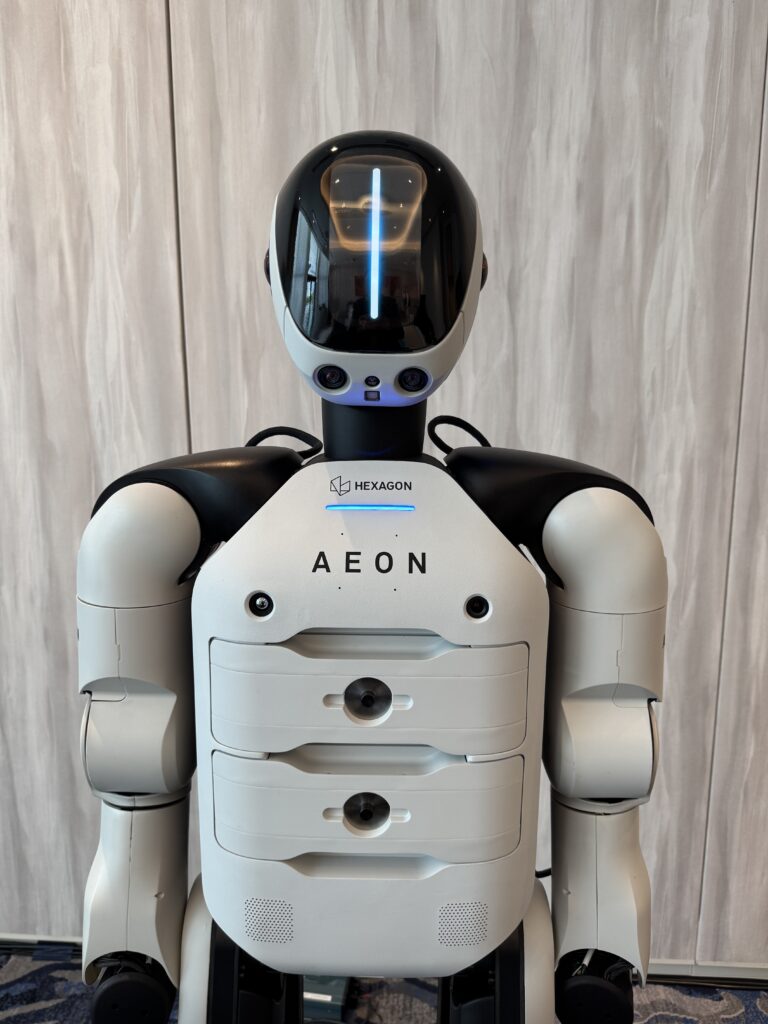What If Half Your Employees Were Robots?
The broader manufacturing sector has led the adoption of robots for decades. When I’m speaking with clients about adding robots to their operations, I frequently quote a useful metric called robot density. This is the number of industrial robots operating in a country, divided by the number of humans employed in that country’s manufacturing sector. Germany tops the ranking in Europe (and comes fourth globally), with 429 industrial robots per 10,000 human workers. That’s one robot for every 23 people employed in German factories. Even South Korea, which currently holds the top spot, only manages 1,012 industrial robots for every 10,000 human workers. That’s one robot for every 10 people.
Amazon Now Employs Almost As Many Robots As People
I returned from my summer holiday to see that a non-manufacturer — e-commerce company Amazon — now claims to operate 1 million robots in its warehouses. That’s a big number, but what’s more interesting is Sebastian Herrera’s subsequent observation in The Wall Street Journal that the company today employs around 1.5 million people. In other words, there are almost as many robots as people at Amazon.
What happens when every second manufacturing worker isn’t human?

Image: Hexagon’s new humanoid robot, Aeon (photograph by Paul Miller)
Honestly, we don’t know, and we’re nowhere near that point in manufacturing yet. Most manufacturing jobs are very different from most order fulfilment jobs in an Amazon warehouse. Those manufacturing jobs are complex, diverse, and made up of many discrete tasks. Some of those discrete tasks are well-suited to physical automation (so a robot could do them), some are well suited to software or cognitive automation (so AI could do them), and some are still very much the preserve of human beings (either because they’re cheaper than a robot or smarter than a robot, depending on the task and the human). The trick is to find the right balance between the three, and that’s what Forrester’s automation triangle tries to do.
One area we need to watch as automation becomes more prevalent is the effect this has on how the human workforce is managed and treated. As the number of robots approaches (or even passes) the number of people, it becomes easier to rationalize designing workspace and workflow for the benefit of the robots. I’ve already seen early examples of this, where the human workforce essentially becomes a group of flesh-and-blood robots: Their every task is rigidly defined and every workflow is constrained and regimented, mostly so the humans don’t confuse or inconvenience the robot-dominated process. Ingenuity, creativity, flexibility, and humanity are programmed out, with immediate implications for the human workforce and longer-term consequences for the manufacturer and the wider society of which it is part.
Some caveats to close
The robot density metric is not mine; it comes from the International Federation of Robotics (IFR), which gathers data on industrial robots around the world, publishing interesting statistics each year on sales, robot density, and more. The numbers I cited are for 2023 and are the latest generally available to nonmembers of IFR. IFR also tracks metrics for service robots, which include automated guided vehicles (AGVs) and autonomous mobile robots (AMRs). Many of the robots operating in Amazon warehouses are actually service robots and not industrial robots, so we shouldn’t read too much into this near-milestone … yet.
If that caveat didn’t make sense, then my report, Focus On The Use Case When Evaluating Physical Automation, describes some of the differences between eight forms of physical automation, including industrial robots, AMRs, AGVs, and more.
